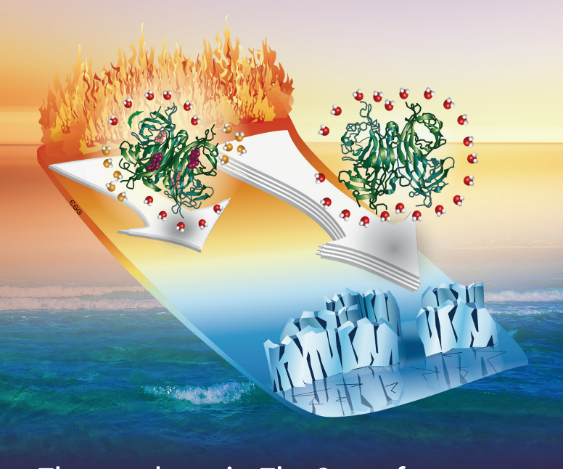Non-monotonic Soret coefficients of aqueous LiCl solutions with varying concentrations.
Lee, Namkyu; Mohanakumar, Shilpa; Briels, W. J.; Wiegand, Simone (2024) Phys. Chem. Chem. Phys. 26, pp. 7830–7836; DOI: 10.1039/D3CP06061F.
Overlapping hydration shells in salt solutions causing non-monotonic Soret coefficients with varying concentration.
S. Mohanakumar, H. Kriegs, W.J. Briels and S. Wiegand, Phys. Chem. Chem. Phys. 24, 27380 (2022). DOI: 10.1039/D2CP04089A
Thermophoretic Micron-Scale Devices: Practical Approach and Review.
N. Lee and S. Wiegand, Entropy 22, 950 (2020). DOI: 10.3390/e22090950
Thermophoresis of biological and biocompatible compounds in aqueous solution.
Niether, D. and Wiegand, S., J. Phys. Condens. Matter 31, 503003 (2019). DOI: 10.1088/1361-648X/ab421c
Accumulation of formamide in hydrothermal pores to form prebiotic nucleobases.
D. Niether, D et al., Proc Natl Acad Sci USA 113, 4272 (2016). DOI: 10.1073/pnas.1600275113


